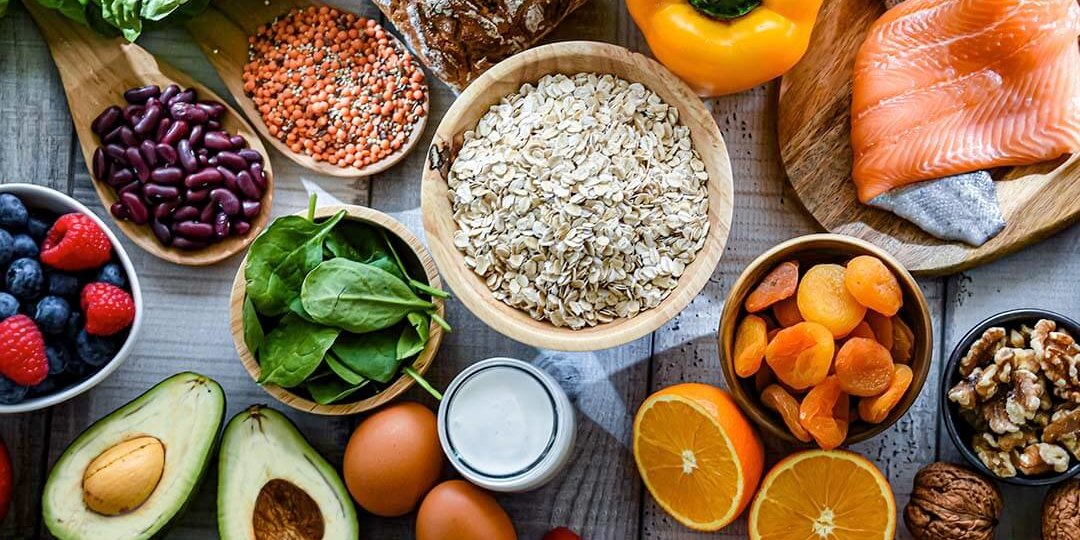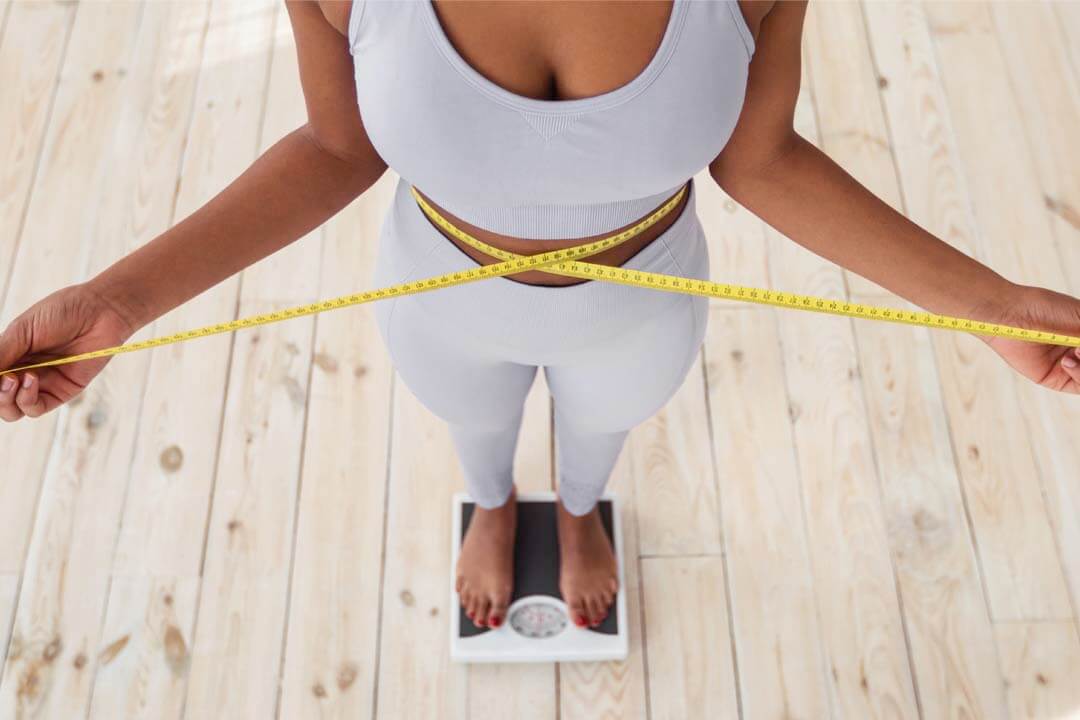Valuable GLP-1 Diet Do's and Don'ts That You Need to Know
If you’re one of the 12% of Americans taking a GLP-1 medication, you’re on a powerful journey toward health and wellness. These medications are a fantastic tool for weight management. As a board-certified plastic surgeon, I often have open conversations with patients to set expectations about what happens to their bodies as they lose weight, and how to optimize losing fat instead of muscle using the “GLP-1 Diet.” The key to feeling your best and achieving lasting results isn’t just the medication—it’s also about making smart nutritional choices to support your body along the way.
GLP-1’s make you feel full and less hungry overall, so you are less likely to snack or eat large portions. If you’re not careful, you could lose valuable muscle mass before you lose any fat. Maximizing your protein intake in balanced meals with a strength training regimen is the best way to nourish your body and get the most out of your GLP-1 journey. This post was written by Rachel, our plastic surgery nurse, to help you make the most of your GLP-1 weight loss journey. Read on for key insights to help you lose fat and stay healthy while on a GLP-1 medication.
Your Protein Power-up: The Essential Nutrient
Protein is absolutely essential when you’re taking a GLP-1 medication. It helps you feel fuller for longer, which can reduce cravings and prevent overeating. Most importantly, protein helps preserve muscle mass as you lose weight. Since muscle burns more calories than fat, even at rest, protein also supports your metabolism. Aiming for about 70-100 grams of protein daily is a great target goal.
Here are some excellent protein sources to incorporate into your meals:
- Lean Meats: A 3-ounce serving of cooked chicken or turkey breast can provide 25-30 grams of protein.
- Fish: A 3-ounce serving of salmon, tuna, or cod provides 20-25 grams of protein.
- Eggs: Two large eggs contain about 12 grams of protein.
- Dairy: One cup of plain Greek yogurt offers 15-20 grams, and a half-cup of low-fat cottage cheese has 12-15 grams.
- Plant-Based: Lentils, beans, tofu, and protein powder are also great options.
A sample day might look like this: Greek yogurt for breakfast, grilled chicken salad for lunch, cottage cheese for a snack, and baked salmon for dinner, adding up to around 97 grams of protein.
Building balanced meals with the ‘Plate Method’
While protein is the star, balanced meals are key to keeping you energized and satisfied. The “Plate Method” is a simple and effective way to structure your meals:
- Half your plate: Fill this with non-starchy vegetables like broccoli, spinach, or bell peppers. They are low in calories but high in vitamins and fiber.
- One-quarter of your plate: This section is for your lean protein source.
- One-quarter of your plate: This is for complex carbohydrates like quinoa, brown rice, or sweet potato. These provide sustained energy and fiber.
- Add a healthy fat: Don’t forget a moderate amount of healthy fats from sources like avocado, olive oil, or nuts, which are important for hormone function and nutrient absorption.
Meal example: A balanced dinner could be baked cod (protein) with a small baked sweet potato (complex carb) and steamed green beans and roasted carrots (non-starchy vegetables).
Smart Snacking and Hydration
GLP-1s can help you listen to your body’s hunger cues, but it’s still important to practice mindful eating. If you need a snack, choose nutrient-dense options rich in protein and fiber to keep you satisfied. Think hard-boiled eggs, a small handful of nuts, Greek yogurt, or vegetable sticks with hummus.
Don’t forget to stay hydrated! Drink plenty of water throughout the day, as it helps with digestion and metabolism. The GLP-1 medication may limit your thirst response so it is important to be intentional about fluid intake. Aim for 6-8 glasses (64 ounces) daily.
Tips For a success GLP-1 Diet and What to Avoid
For long-term success, I always recommend a few key habits:
- Plan ahead: Meal prepping can make healthy eating much easier.
- Read labels: Pay attention to protein content, sugar, and unhealthy fats.
- Limit processed foods: Try to avoid processed foods, sugary drinks, and excessive saturated/trans fats, as they offer little nutritional value.
Remember, this journey is about making sustainable changes over time. If you need more personalized advice, our staff can help to create a meal plan tailored to your specific needs and goals. Always follow any specific dietary instructions from your medical team. You’ve taken a wonderful step toward your health, and by fueling your body correctly, you’re setting yourself up for incredible success. The goal is not to be on the GLP-1 medication forever. Building a healthy diet with the program outlined above will help you sustain your eventual transition off the GLP-1.
Ready to get started on your journey to a healthier you? Call us today to schedule a consultation (919) 797-0996.
Contributed by Rachel, Tannan Plastic Surgery Nurse










